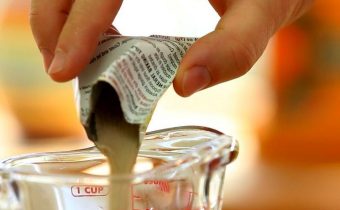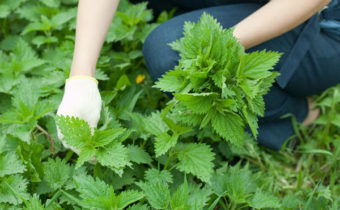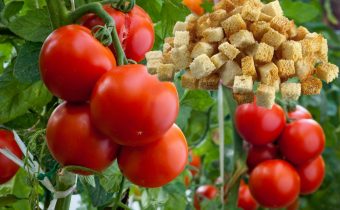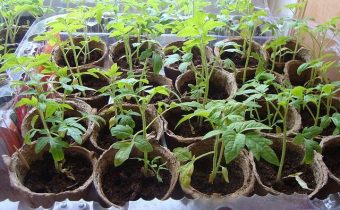Seedlings of tomatoes and peppers growing on yeast!
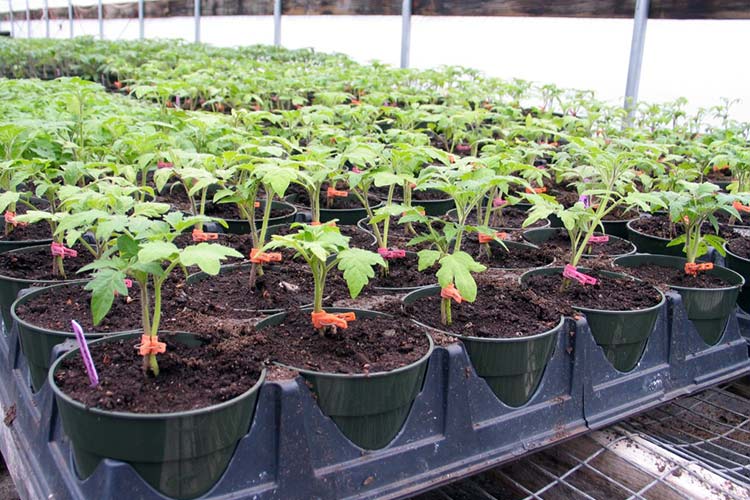
The rich harvest of tomatoes and peppers is the dream of many summer residents. For this, it is necessary not only to properly care for the plants, but also to feed them. The most popular method of feeding is yeast solution.
The benefits of yeast for seedlings of tomatoes and peppers
Top dressing with a solution of yeast seedlings of tomatoes and Bulgarian sweet pepper throughout the growing season contributes to:
- better rooting of young seedlings;
- rapid growth of green mass after transplanting into the ground;
- the development of a powerful root system - after the “yeast” of the rhizomes are increased 5 times, which ensures the build-up of the ground part and a good harvest;
- endurance bushes - they are less susceptible to drought or prolonged rain.
For the manufacture of the solution, you can use dry yeast and fresh. 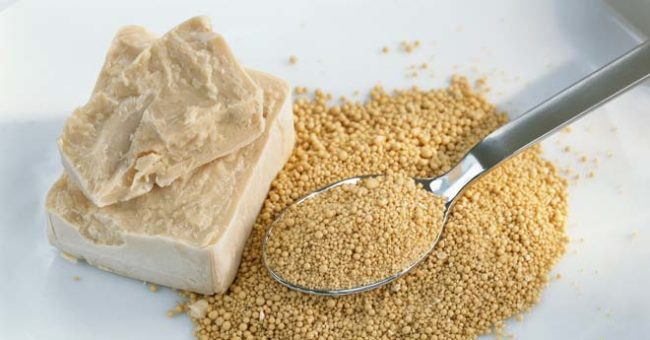
Top 5 best recipes
Recipes for a healthy solution are very simple.
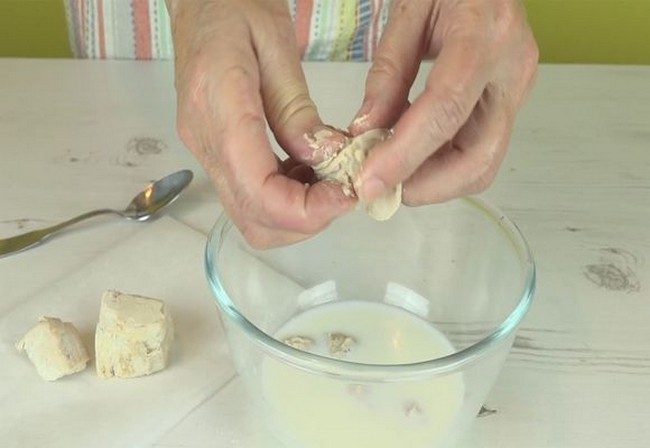
5 popular receptors for fertilizing vegetables using yeast:
- A recipe based on 200 g of fresh yeast - the basis of the solution beforehand removed from the refrigerator and soften. Mass dissolve in 1000 ml of slightly warmed water. Insist in a warm room for 3 hours. Then mix the concentrate with warm water in a ratio of 1:10;
- recipe based on dry baker's yeast: pour 14 g of raw materials into 10 liters of water and add 70-100 g of sugar. Mix well and ferment a little. It is necessary to water only in diluted form - 10 l of solution per 50 l of water;
- The recipe for organic dressing of vegetables - pour a bucket of nettle or hop into a 50 liter barrel (hop is ideal for tomatoes, because it helps produce a large amount of nitrogen). To the grass, add 500 g of fresh ground ground yeast and 1 loaf of white bread (crush). Pour the barrel with warm water and let stand for 2-3 days. You can water under the root or spray on the sheet;
- recipe with the addition of homemade milk. Prepare yeast concentrate (as in the recipes presented above) and dilute with milk in a ratio of 1: 5. Insist 3 hours. For irrigation, the milk-yeast mixture is diluted in a ratio of 1:10 with warm water;
- recipe with the addition of bird droppings - 70 g of sugar, 100 g of live yeast, 2 tbsp. wood ash and 2 tbsp. bird droppings. Mass insist 2 hours, so she began to wander. For watering, dissolve the mixture in 10 liters of water.
Here are the volumes of funds for irrigation of seedlings already transplanted into the ground.
If you want to water the young seedlings before transplantation, which are in a box or cups, the proportions simply decrease 10 times.
Step-by-step dressing
There are 2 types of organic fertilizers - root and foliar feeding:
- spraying with yeast solution of plants is used to enhance root nutrition. Irrigation of the sheet is carried out after at the stage of growing seedlings and after its transplantation into the ground. The concentration of the solution for spraying should be 2 times less than when watering at the root;
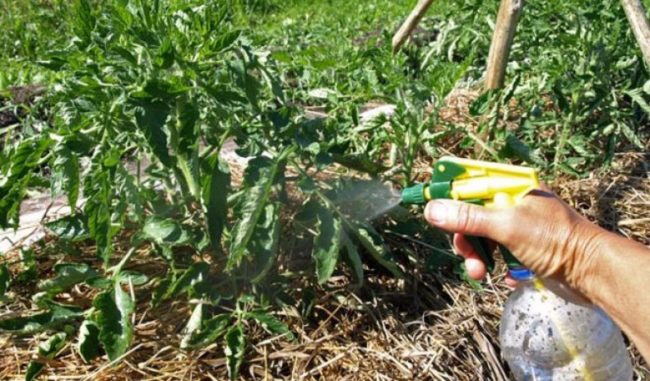
- root dressing provides additional nutrition to the roots of plants, which ensures good growth and high yield.
Yeast dressing under the root is carried out in such terms: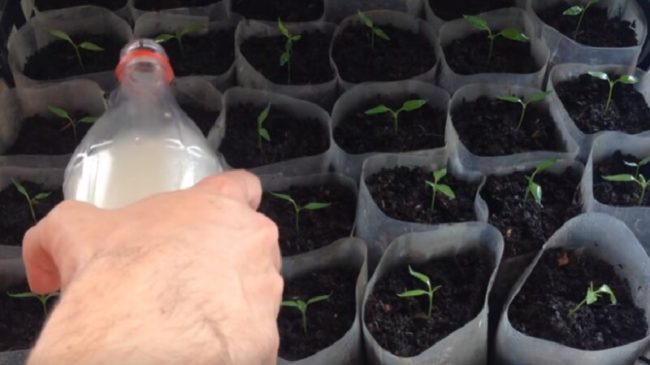
- after the appearance of the first real leaflet and picks;
- after transplanting to a greenhouse or open ground;
- at the beginning of the flowering phase.
Prepared solution to spill the plants in the ground in the amount of 200-500 ml under each bush, depending on the age of peppers and tomatoes.After watering, mulching is recommended. Feeding is necessary in the evening hours.
To improve the growth of Bulgarian pepper, along with a yeast solution, it is necessary to add wood ash to enrich the soil with calcium. Dilute the yeast mixture concentrate in the ash solution (1 tbsp of ash per 10 liters of water).
Fertilizers are applied around the bush at a distance of 10 cm from the stem. For the season, you can feed the plants 3-4 times.
Timely watering and application of organic and mineral fertilizers guarantee a high yield.


